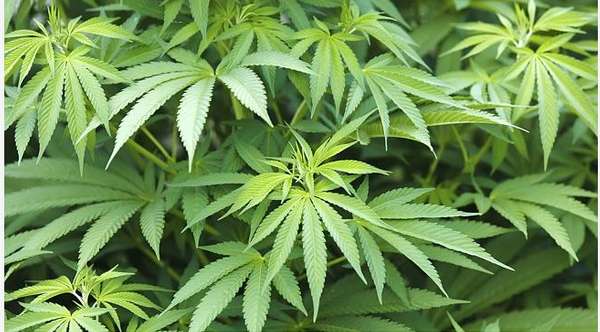Where There’s Smoke …
 Focus on the Family August 2015
Focus on the Family August 2015
Resistance to a Colorado law passed in 2012 legalizing the recreational use of marijuana is growing steadily as unnerving results continue to mount.
Some voters who supported the law are now voting to block pot shops in their communities. Education organizations are springing up around the state, and a fledgling repeal movement is underway.
“There is a growing angst among people who are now pushing back,” says Bob Doyle, executive director of the advocacy group Colorado Tobacco Education and Prevention Alliance. “People have become aware of what this is all about—the mass commercialization of marijuana, not social justice or (reducing) incarceration rates.”
A top concern for many people who are now part of the resistance is the fact that kids under the age of 21—the minimum age for purchasing marijuana that was written into the law—are nonetheless consuming it at stunning levels, according to the Rocky Mountain High Intensity Drug Trafficking Area (RMHIDTA), an offshoot of the Office of National Drug Control Policy, which coordinates efforts between federal, state and local drug-enforcement agencies.
Moreover, today’s marijuana includes concentrated products, like cannabis butter or oil, which are made by extracting the psychoactive ingredient of the plant for a very powerful effect.
“I feel like we’re losing a generation. I talk to these kids, mainstream kids, and they are doing the concentrate every day. Every day,” says Diane Carlson, co-founder of Smart Colorado, a youth advocacy group that works with many schools. “The potential for harm and the implications for their future is unfathomable.”
The new law has caused headaches for its neighbors, too. Two states and a consortium of law enforcement agencies from three are suing Colorado for the spillover effects they’re now seeing in their own neighborhoods, where marijuana usage remains illegal.
Far-Ranging Impacts
Carlson admits she was unaware of all the different types of marijuana products that could be sold when the law was being debated in 2012. Now she knows.
Aiming at the Children
There’s big money in legalized marijuana. Sales hit $700 million in Colorado in 2014—$313 million in the recreational category and $386 million in medical, according to the Colorado Department of Revenue. In the first quarter of 2015, retail cannabis shops sold $118 million worth of marijuana. That number is increasing every quarter, the department says, and recreational sales will likely top $472 million this year.
Spiking Potency
According to the National Institute of Drug Abuse, THC levels in marijuana averaged about 4 percent 30 years ago, when smoking a joint meant a gentle high. The national average now is 12 percent and rising. But in Colorado, THC levels exceed 20 percent in many of the retail edibles, and can reach 95 percent in the case of concentrates. That exacerbates the drug’s mental and physical impacts, sending addiction levels soaring.
Rising Opposition
“Our kids are getting access to the potent marijuana edibles. Adults are absolutely shocked,” Carlson says.
http://www.focusonthefamily.com/socialissues/citizen-magazine/where-theres-smoke/where-theres-smoke






